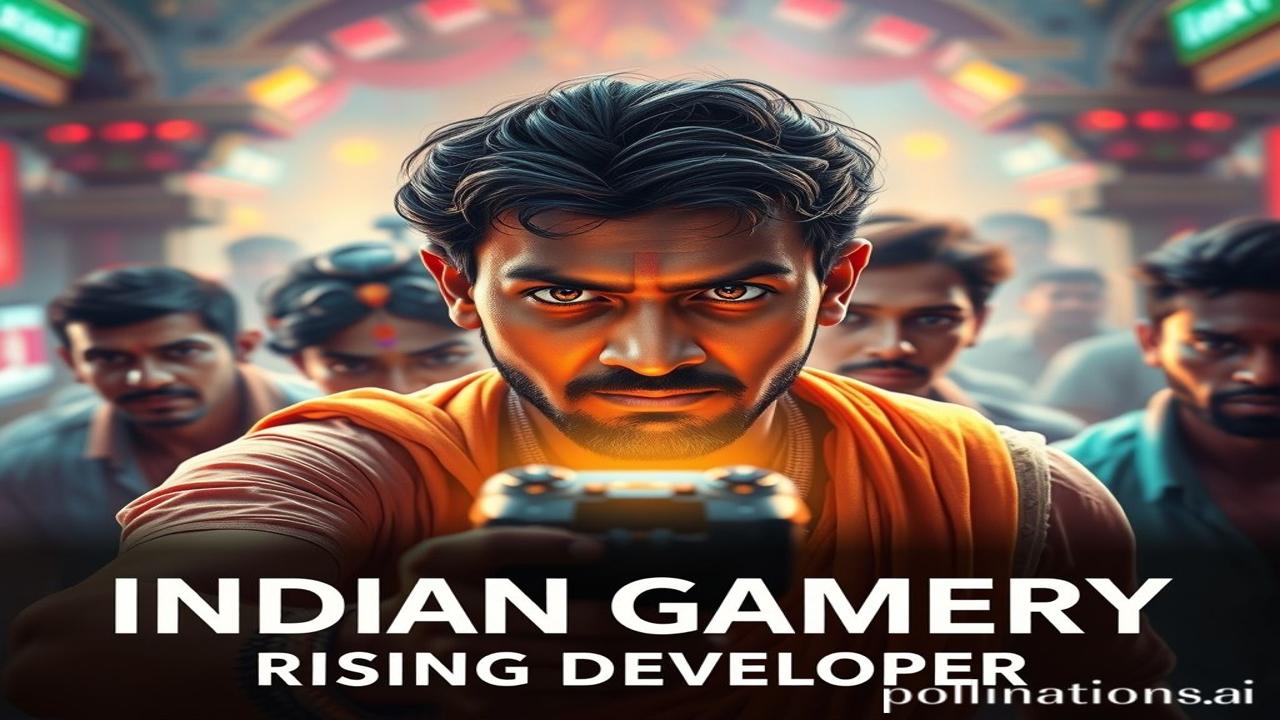Waqt Ki Deewaron Mein Chhupi Kahaniyan: India’s Colonial Heritage Buildings
Kabhi socha hai, un purani imaraton ki deewaron mein kya gujri hogi? Unhone kitne dekhe honge – badalte raja, naye zamane, aur kitne hi aam logon ke sapne. Woh eent aur pathhar ke nahin, balki itihas ke jeevit sakshi hain. Aj hum chalte hain, inhi imaraton ki galiyon mein, unki kahaniyon ko sunne…
What are India’s Colonial Heritage Buildings?
Colonial heritage buildings are those structures that were built during the British Raj (roughly from the mid-18th century to 1947). These buildings represent a unique blend of architectural styles, often combining European (like Victorian, Neo-Gothic, or Baroque) with Indian elements. They’re not just bricks and mortar; they’re silent storytellers of a complex and often turbulent period in Indian history. Think about iconic landmarks like Victoria Memorial in Kolkata, Chhatrapati Shivaji Maharaj Terminus in Mumbai, or even smaller, lesser-known town halls and railway stations scattered across the country.
Kyun Important Hain Yeh Imaratein? (Why are these buildings important?)
These structures are important because they represent a pivotal era in India’s history. They symbolize the power dynamics, cultural exchange, and architectural innovation (or imposition, depending on how you look at it) of the colonial period. They tell tales of grand viceroys, rebellious freedom fighters, and the everyday lives of people caught between two worlds. Preserving these buildings is like preserving chapters from our national narrative.
Zameeni Sach – Log aur Jeevan (The Ground Reality – People and Life)
Imagine life during the construction of Victoria Memorial in the early 20th century. “Arre, yeh toh Mahal ban raha hai!” one of the laborers might exclaim, wiping sweat from his brow. Thousands of skilled and unskilled workers poured their sweat and tears into these projects. British engineers and architects collaborated (and sometimes clashed) with Indian artisans, blending their skills and styles.
Think about the daily life around these buildings. In towns with large colonial buildings, local vendors would sell chai and pakoras outside the railway stations, children would play cricket in the shadow of imposing town halls, and clerks would rush to their offices in the Secretariat buildings. These buildings became integral parts of the social fabric of the towns and cities.
Dharohar aur Pehchaan (Heritage and Identity)
Today, these buildings are not just tourist attractions; they’re part of our collective identity. They remind us of our past, both the good and the bad. Many of these structures are now museums, government offices, or even hotels, constantly evolving and adapting to modern India. Their continued existence is a testament to India’s resilience and its ability to absorb and transform influences from different cultures. They are very much part of our Bharatiyata, a reminder of our ability to weave together diverse threads into a rich tapestry.
Fun Fact ya Bhram-Bhanjak (Fun Fact or Myth-Buster)
Myth: All colonial buildings were built solely by the British.
Truth: While the designs and planning often came from British architects, a vast majority of the labor and craftsmanship was provided by Indian artisans and workers. Many intricate details and local architectural elements were incorporated by these skilled individuals, making them a crucial part of the buildings’ creation.
Drishya aur Bhavnayen (Visual and Sensory Layer)
Picture the humid air around Howrah Bridge in Kolkata, thick with the smell of the Hooghly River and the diesel fumes from the passing trams. The Victoria Memorial stands in stark white marble, reflecting the harsh sunlight. You can almost hear the echoes of horse-drawn carriages and the bustling chatter of vendors from a century ago. Touch the weathered stone walls, feel the history embedded within them. In Mumbai, the imposing facade of Chhatrapati Shivaji Maharaj Terminus buzzes with the energy of thousands of commuters, its Gothic arches echoing with the sounds of train whistles and announcements.
Antim Vichar ya Uddharan (Closing Insight or Quote)
“ईंट से ईंट जोड़े तो दीवार बने, और कहानी से कहानी जोड़े तो इतिहास।” (Eent se eent jode to deewar bane, aur kahani se kahani jode to itihas.) – Just as bricks build walls, stories build history. Let us continue to listen to the whispers of these walls, for they hold the key to understanding ourselves and our shared past. These colonial heritage buildings are more than just architectural marvels; they are living chronicles, waiting to be explored, understood, and cherished.
